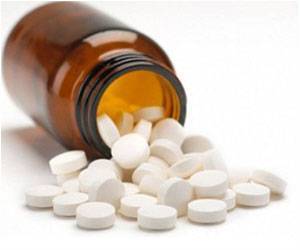
‘Exploring the molecular structures of teixobactin may help to develop drugs that can tackle antimicrobial resistance.’
Tweet it Now
Documenting the molecular make-up of the antibiotic by the scientists is the first of its kind in the world.This development is an important next step in understanding how different derivatives of teixobactin function, and which building blocks are needed for it to successfully destroy drug resistant bacteria.
Teixobactin, which kills pathogens without any detectable resistance, was first discovered in 2015 by scientists in the USA. It was isolated from microorganisms (which do not grow under laboratory conditions) found in soil - the natural source of nearly all antibiotics developed since the 1940s. Scientists around the world then began exploring ways of creating versions of the antibiotic via chemical synthesis, in order for it to be developed as a potential drug treatment.
At the University of Lincoln, Dr Ishwar Singh from the School of Pharmacy led a team which synthetically produced different derivatives of teixobactin. These derivatives were biologically tested by Dr Edward Taylor, from Lincoln's School of Life Sciences. The researchers have now published new findings on the relationship between the antibiotic's molecular structure and its biological activity.
The study is published in the Royal Society of Chemistry journal, Chemical Communications.
Advertisement
The University of Lincoln team discovered that the molecular structure of teixobactin directly relates to its antimicrobial activity and its effectiveness at destroying pathogens. The researchers found that being relatively unstructured is essential to the biological activity of teixobactin, with more structured variants of the antibiotic proving to be inactive. They also identified a way of maintaining this 'disorder' when synthesising different derivatives.
Advertisement
Dr Taylor said: "By exploring the structures of different versions of teixobactin we are, for the first time, able to begin to understand how this molecule works. This knowledge will enable us to produce different forms of teixobactin more easily and on a larger scale with potentially better pharmaceutical properties."
This work represents a significant step towards the development of teixobactin as a drug, as scientists will now have a much clearer understanding of which building blocks are central to ensuring it works effectively and which are not.
Source-Eurekalert















